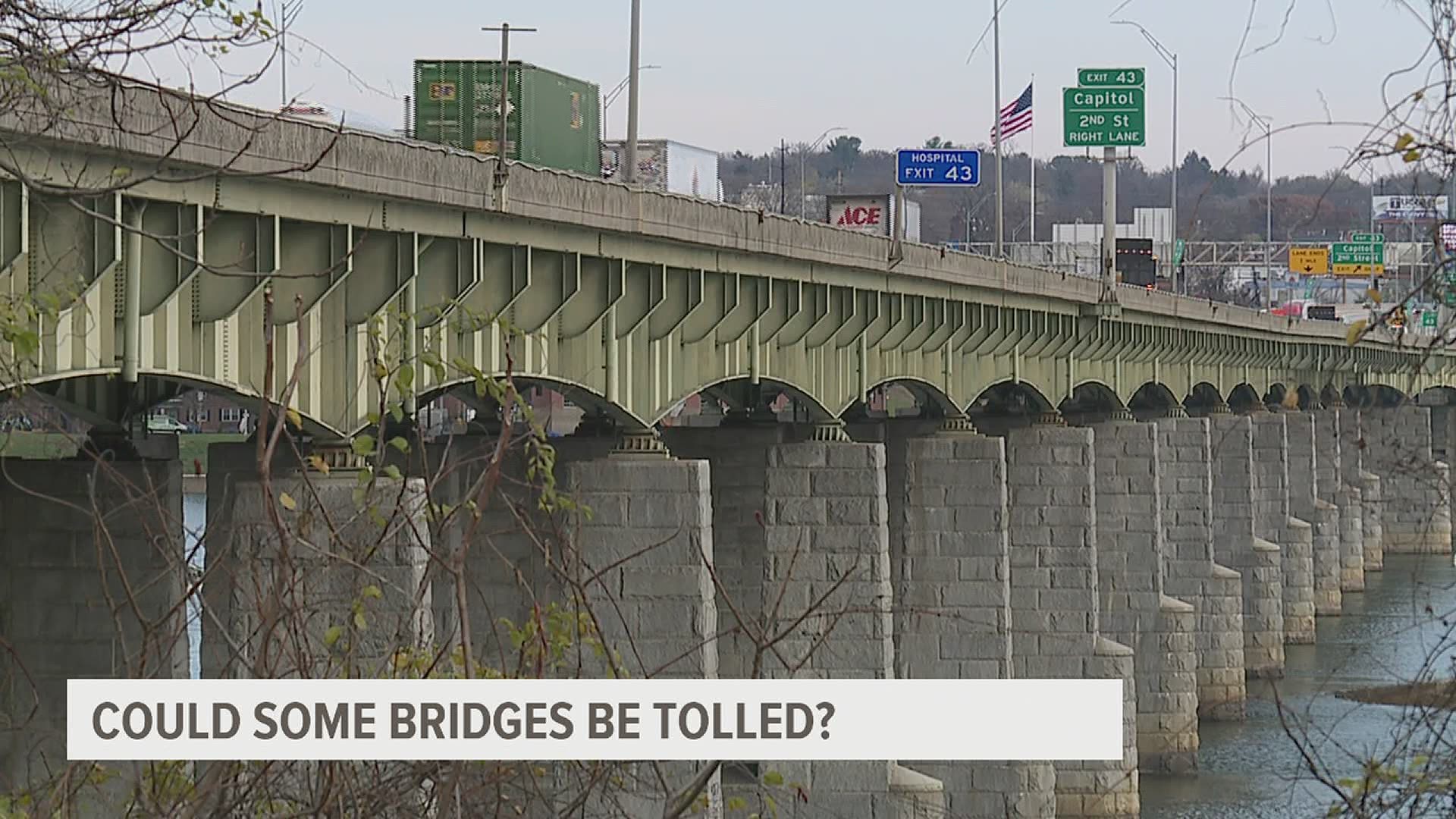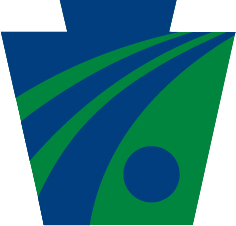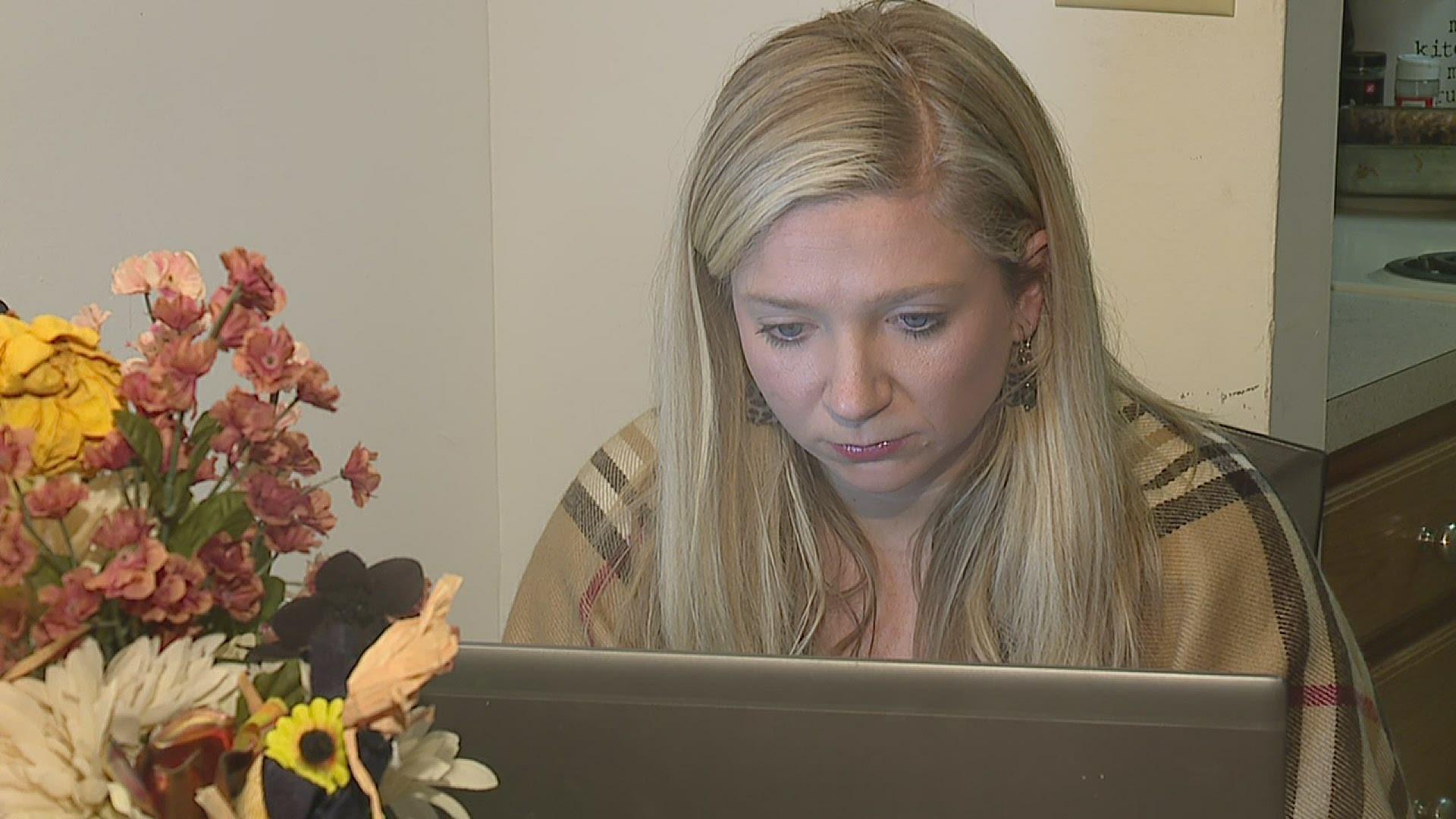HARRISBURG, Pa. — Could people be forced to pay up to drive over some bridges? The Pennsylvania Department of Transportation is looking into the possibility, among other sources of revenue as it faces annual budget shortfalls.
PennDOT is facing a $8.1 billion budget shortfall annually. It's attributed to a loss in revenue from the gas tax, with more fuel-efficient cars on the road, and less drivers traveling now because of the pandemic.
"At the peak of COVID, our traffic volume was down over 40 percent so we lost about $400 million, and that money is gone, we are never going to get it back," explained Alexis Campbell, press secretary for PennDOT.
Approximately 74% of highway and bridge funding is generated through the gas tax. There are over 40,000 miles of highways and over 25,000 bridges to maintain. However, only a select few bridges would be tolled.
"We're talking this project would deal with interstate or expressway bridges so big bridges," said Campbell.
Campbell says major bridges which cover a large body of water or land and that need repair or replacement
"The toll would offset the cost to make the improvement," added Campbell.
Campbell says it would also be used to improve roadways in the area. The actual toll could be anywhere between $1 and $2; it would be collected through E-ZPass or issued by plate.
"Man, that would be crazy. Everybody can't afford it. It's not necessary. Is it really necessary?" questioned Isaiah Richmond of Harrisburg.
Richmond thinks of the John Harris Memorial Bridge on the Capital Beltway and the significant number of people who drive it daily to and from work.
"With the pandemic, that dollar, two dollars, three dollars will add up to 30, 40 dollars. I could use that for necessities," said Rhonda Nesbitt of Harrisburg.
Right now, PennDOT is only considering bridges; there is no definitive list of which just yet. That will likely be released in early 2021. PennDOT is also looking into other options to raise the revenue.
"There are things we can do like adding what is called a managed lane, like an express lane where you pay a small toll to go through a congested area faster," explained Campbell.
Campbell said PennDOT is also looking into rush hour fees. Some places charge sliding fees on busy roads based on traffic volume. A higher fee is charged during high volume times. Campbell says the higher fees encourages car pooling, public transit use, and driving during less busy times.
None of these options would happen overnight. PennDOT needs to conduct studies, and PennDOT is looking for feedback from the community.
According to PennDOT, the Major Bridge P3 program is a component of PennDOT’s forthcoming Pathways initiative. PennDOT officials say the initiative will aim to provide travelers, residents, and businesses with high quality transportation infrastructure by studying and implementing alternative funding solutions that could address near- and long-term highway and bridge needs.
To learn more about the Major Bridge P3 program, visit PennDOT’s website. For more information about transportation funding in Pennsylvania, visit www.PennDOT.gov/funding.



